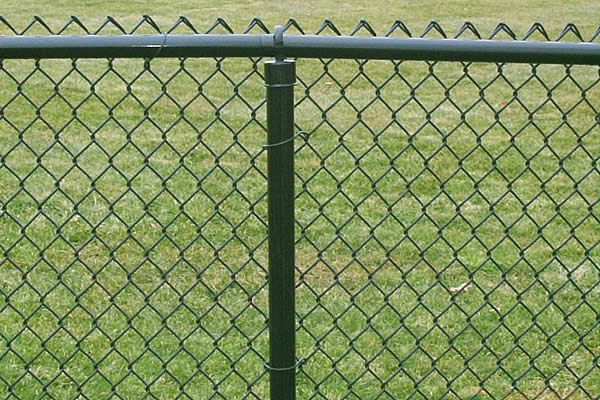 TEL:
+86-13102802206
TEL:
+86-13102802206
 Email:
fencenetting@china.com
Email:
fencenetting@china.com
 Language
Language
 TEL:
+86-13102802206
TEL:
+86-13102802206
 Email:
fencenetting@china.com
Email:
fencenetting@china.com
 Language
Language


The Art of Crimping Barbed Wire A Comprehensive Guide
Crimping barbed wire is a vital process in agriculture and construction, serving as a means to create secure fencing for livestock, property, and various types of land. Barbed wire itself is a twisted wire with sharp edges or points, designed to deter animals and intruders from crossing boundaries. The effectiveness of barbed wire is heavily influenced by the crimping technique used during installation, which plays a crucial role in its durability and functionality.
Understanding Crimping
Crimping, in the context of barbed wire, refers to the method of twisting or bending the wire to enhance its structural integrity and ensure that it remains taut and effective over time. This process can be performed using specialized tools designed for wire manipulation, ensuring that each loop and twist is uniform and secure. Proper crimping not only reinforces the wire but also helps in maintaining its sharpness and resistance to environmental factors that could lead to rust or degradation.
The Importance of Proper Installation
When installing barbed wire, crimping should not be overlooked. Poorly crimped wire can lead to sagging, which compromises its barrier function. Animals may find ways to push through slack wires, and intruders might exploit weaknesses to gain access to secured areas. A good crimp helps maintain tension, keeping the wire taut and in its intended position. This ensures that the barbs remain upright and visible, serving as an effective deterrent.
Tools and Techniques
To achieve the best results in crimping barbed wire, several tools and techniques can be employed

1. Wire Crimping Tools Using dedicated crimping tools designed for barbed wire ensures consistent tension and looping. Manual crimpers are widely used, but for larger projects, powered crimpers can save time and labor.
2. Tensioning Devices Before crimping, it is advisable to tension the wire properly. Tensioning devices help stretch the wire across the posts, ensuring that it fits snugly and lays correctly.
3. Proper Technique When crimping, it is essential to maintain a steady hand and careful pressure. The goal is to create tight, uniform crimps that will not slip over time. A common method is to hold the wire taut while crimping, which reduces the chances of sagging.
4. Regular Inspection After installation, it’s beneficial to regularly check the condition of the crimped wire. Environmental factors such as weather, soil movement, and animal activity can affect the integrity of the wire. Re-crimping may be necessary to maintain security.
Conclusion
Crimping barbed wire may appear to be a straightforward task, but it requires skill, attention to detail, and the right tools. The benefits of properly crimped barbed wire extend beyond mere aesthetics; they include enhanced security, reduced damage, and longer lifespan of the fencing material. As agriculture and property security demands grow, mastering the art of crimping will prove invaluable.
In conclusion, whether you are a farmer looking to protect your livestock, a property owner wanting to secure your land, or a contractor working on fencing projects, understanding and implementing effective crimping techniques for barbed wire is essential. By taking the time to learn and apply these methods, you can ensure that your fencing solutions are not only effective but also durable. Remember, a well-crimped barbed wire fence is often the first line of defense against unwanted visitors, both human and animal, making it a crucial element of your security strategy.